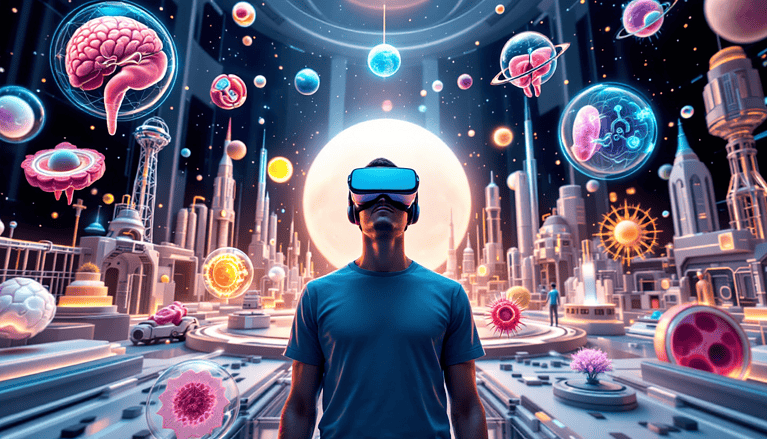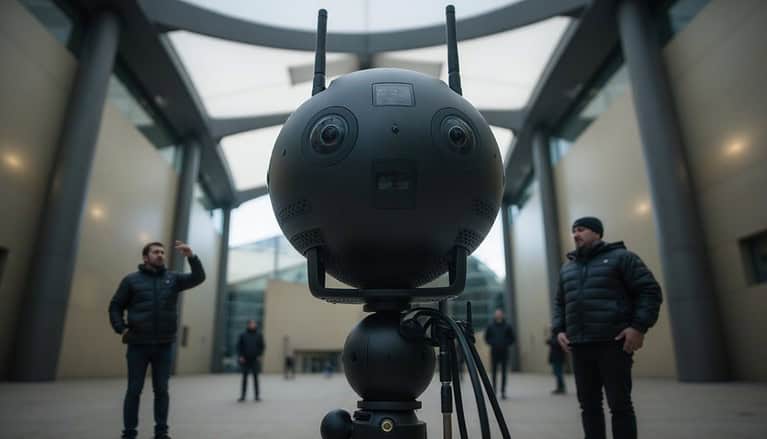Apple has now unveiled the long-awaited XR Vision Pro glasses.
That it is not easy to bring a VR/AR headset to the market is shown by failed attempts in this area by other large tech companies. Let's take a look at some of the failed products in the AR/VR space.
Google Glass: Innovative technology, with privacy concerns and a high price tag
Google Glass, which was first presented in 2013, was an innovative pair of augmented reality glasses designed as a kind of "wearable computer". Despite promising functions and great interest, Google Glass fell short of expectations. The battery life was too short and there was a lack of useful apps for the device. Data protection concerns, public criticism and a high price were decisive factors in its failure.
Microsoft HoloLens: Potential in industry and design, but limited distribution

Microsoft HoloLens, a pair of mixed reality glasses, was introduced in 2016 and had the potential to revolutionize use cases in gaming, education, design, and industry. However, HoloLens fell short of expectations due to its high price, limited availability, and technical limitations such as a limited field of view and comparatively heavy weight.
The successor, the Hololens 2, also failed to gain widespread acceptance despite many improvements in ergonomics and integration into the Windows 11 ecosystem.
Google Daydream: Accessible VR experiences, but lack of compatibility and support

Google Daydream, introduced in 2016, was meant to make VR experiences more accessible to the masses. Although there were positive reviews and a solid selection of content, Daydream did not achieve the hoped-for success. Limited compatibility with certain smartphones and lack of third-party support were key reasons for Daydream's failure. Furthermore, the daydream, which strongly resembled the design of the Samsung Gear VR, came too late on the market. The Gear VR already had much more software available and the Daydream could not bring any clear advantages over the already more successful Samsung system to the market.
The Playstation VR 2
Although the PS VR was a big seller, it looks like Sony won't have any luck on the market with PS VR2 either. Still, the hardware itself is probably not the problem. The PSVR 2 is a fantastic VR headset and offers an incredible amount of excellent technology at a reasonable price. Still, that price is probably too high for some gamers. At €500, it's more expensive than either model of the PS5 itself, and you need a PS5 to run it, as opposed to standalone meta-headsets that already deliver a full games platform for €300. Maybe Sony can convince VR gamers to buy it with price reductions and land a hit after all.
Insights and outlook for the future of VR glasses
The experiences with Google Glass, Microsoft HoloLens and Google Daydream make it clear that successful VR glasses do not only have to be technologically convincing. Factors such as price, design, user-friendliness and availability of attractive content are decisive. Data protection and social acceptance also play an important role.
Although these trials can be considered failures, they have nevertheless provided valuable insights for the future development of VR glasses. The technology continues to evolve, and it remains to be seen what innovations the industry will produce in the future.
We should also not forget that there are successful launches of VR products. Meta has created quite a successful VR platform for games with the Oculus Quest. Meta is successful not least because there is an ever-growing range of software for this device and the headsets are offered quite cheaply.





